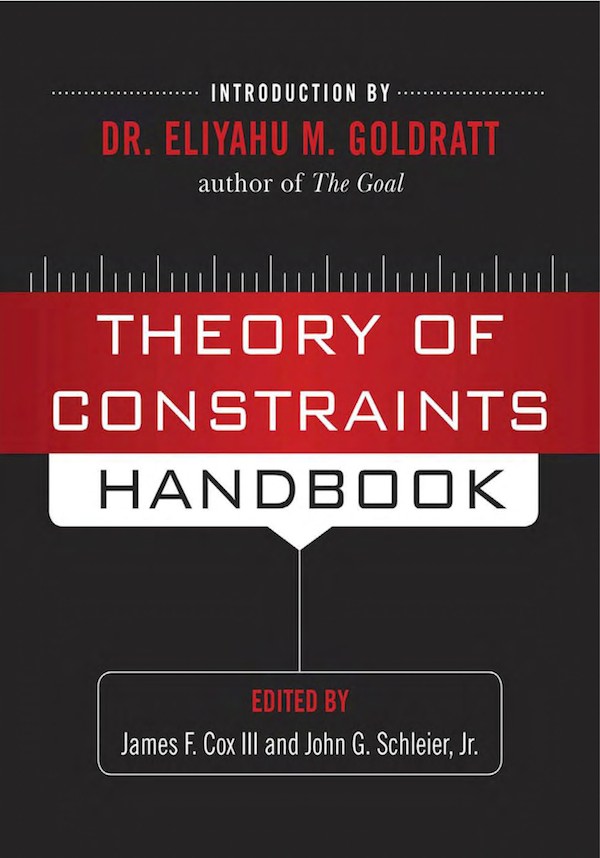Resolving Measurement/Performance Dilemmas (Chapter 14 of the Theory of Constraints Handbook)
Debra A. Smith and Jeff HermanInfo
Level of TOC knowledge acquired:
Advanced and IntermediateLength:
31 pagesDesigned for:
Business owners, Consultants, Implementers and LeadersTopics:
Finance and Measurements and Operations/ProductionApplication:
Buffer Management, Throughput Accounting and Drum-Buffer-RopeLanguage:
EnglishFormat:
DownloadShare
Recommend
This is an individual chapter of Theory of Constraints Handbook. Chapter Purpose: To provide a framework to pull information from a TOC logistical system and employ the TOC Thinking Process Tools to create a meaningful measurement and feedback process to facilitate ongoing improvement. Though an effective logistical system is a prerequisite to a proper measurement system, the logistical system will never be properly executed without measurements that provide feedback on the current status, corrective action and motivation for all necessary players to synchronize efforts.
A measurement is simply a reading at any point in time of the state of the system to the plan the system was directed to execute (i.e. Rope release, Buffer status, Drum schedule execution, and Drum utilization and efficiency). They are not used to reward or punish individuals. Cross functional and interdependent parts of a supply chain can impact the same data but for very different reasons.
A fair and productive metric will direct and coordinate the efforts to the source of the problem. Metrics are used to create an early warning system and a feedback loop to alert people when and how to act together to get the system back on plan (to meet market demand). They are used to create a benchmark for measuring improvement and to identify and focus on improvements most needed and that have the highest ROI/RACE.
The TOC tools required to design and execute the measurement system will be discussed. The chapter explores the relationship between the logistical system and its measurements as well as the five questions required to assess the system status and guided direction at any given moment in time. A detailed case study is provided.
Content:
- Introduction
- Global Metrics
- Local Metrics
- Feedback and Accountability Systems
- A Case Study
Comprehensive coverage of the Theory of Constraints
Complete Table of contents of the Theory of Constraints Handbook
- I: What is TOC?
- II: Critical Chain Project Management
- III: DBR, Buffer Management, and Distribution
- IV: Performance Measures
- V: Strategy, Marketing, and Sales
- VI: Thinking Processes
- VII: TOC in Services
- VIII: TOC in Complex Environments
- Theory of Constraints in Complex Organizations
- Applications of Strategy and Tactics Trees in Organizations
- Complex Environments
- Combining Lean, Six Sigma, and the Theory of Constraints to Achieve Breakthrough Performance
- Using TOC in Complex Systems
- Theory of Constraints for Personal Productivity/Dilemmas
- IX: Summary
About the Authors:
James F. Cox III, Ph.D, CFPIM, CIRM, holds TOCICO certifications in all disciplines. He is a Jonah's Jonah, Professor Emeritus, and was the Robert O. Arnold Professor of Business in the Terry College of Business at the University of Georgia. Dr. Cox has written three books on TOC.
John Schleier holds TOCICO certifications in all disciplines. He was President and Chief Operating Officer of the Mortgage Services Division of Alltel, Inc., Executive Vice President of Computer Power, Inc., and Director of Office Systems and Data Delivery for IBM.







































